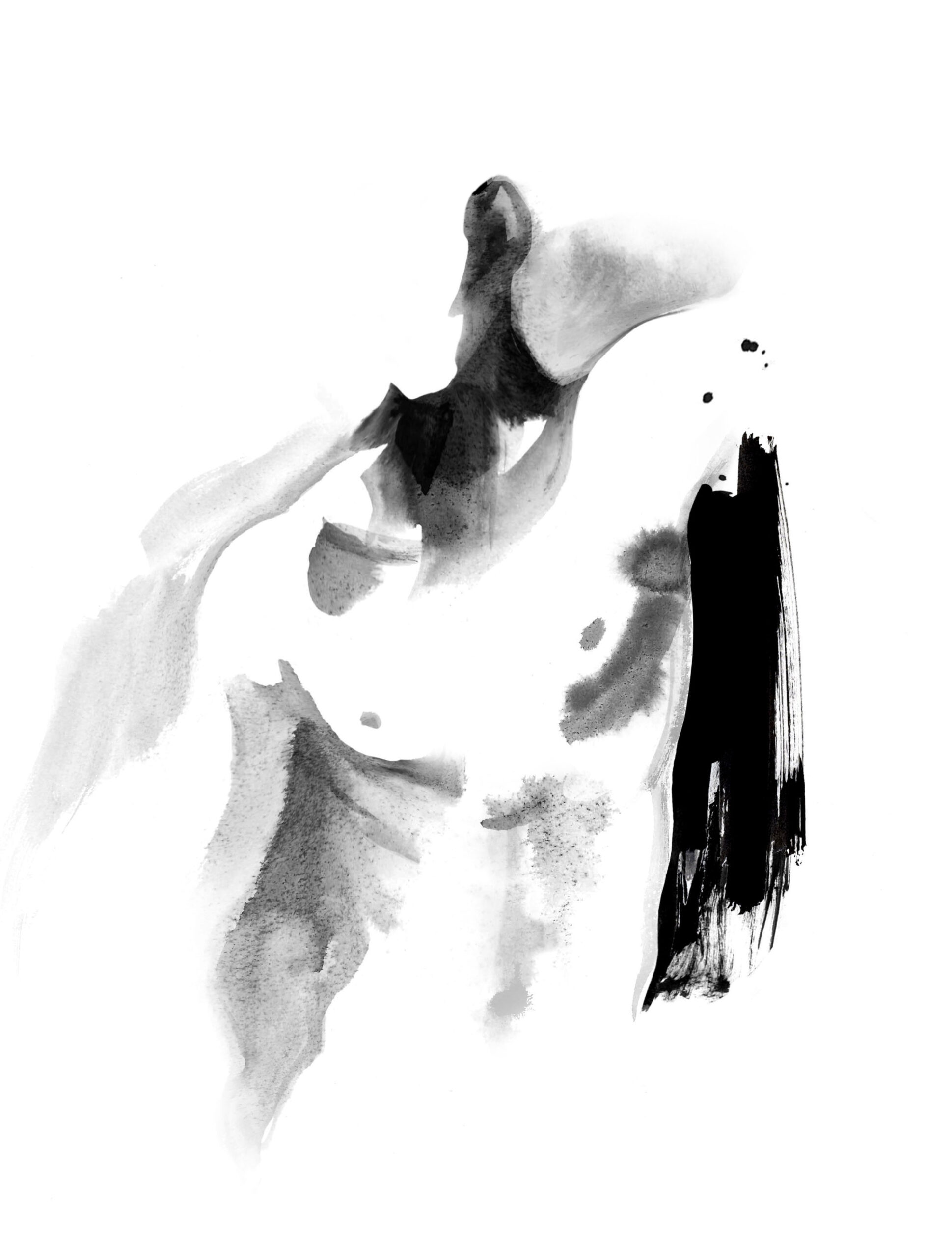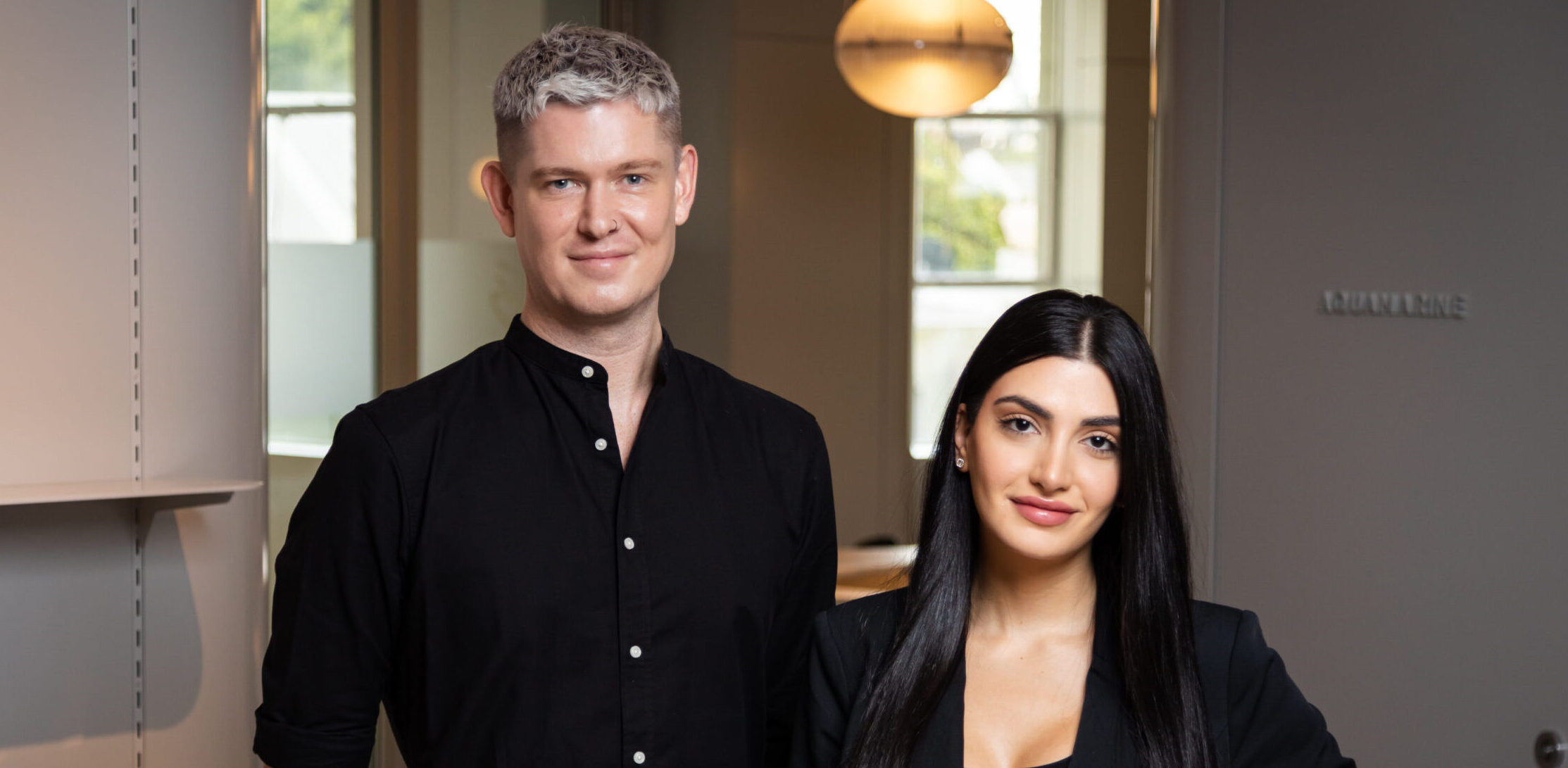What is the difference between Blepharoplasty and Asian Blepharoplasty?
Blepharoplasty is a surgical procedure that removes excess skin, fat, or muscle from the eyelids to improve eyelid contour and function. Asian Blepharoplasty aims to create or enhance the upper eyelid crease by adjusting the eyelid tissue. The specific surgical technique varies depending on the patient’s anatomy and desired outcome.
Does Asian Blepharoplasty provide permanent results?
The longevity of Asian Blepharoplasty surgery depends on the technique used. The incisional method typically offers longer-lasting or permanent results, while non-incisional techniques, which use sutures to create the crease, may provide temporary results lasting from 1 to 15 years. Individual outcomes may vary.
Is Asian Blepharoplasty painful?
Asian Blepharoplasty is usually performed under local anaesthesia with sedation, so patients generally do not experience pain during the procedure. Some discomfort, swelling, and bruising are common during the post-operative recovery period and can be managed with appropriate medication.
Disclaimer: This information is general in nature and does not replace personalised medical advice. Individual results and experiences may vary. All surgical procedures carry inherent risks. Please consult with a Specialist Plastic Surgeon to discuss your individual circumstances and treatment options.




